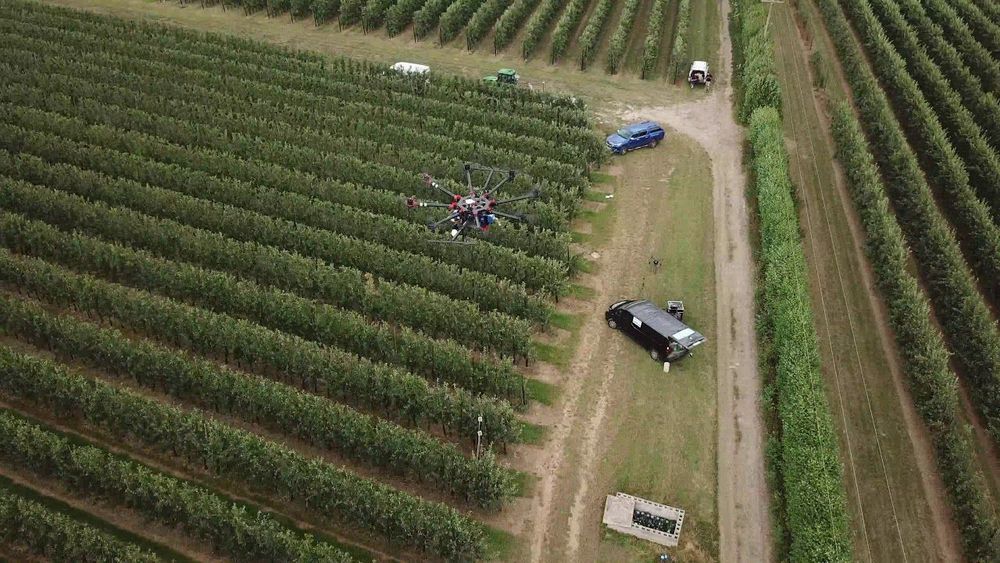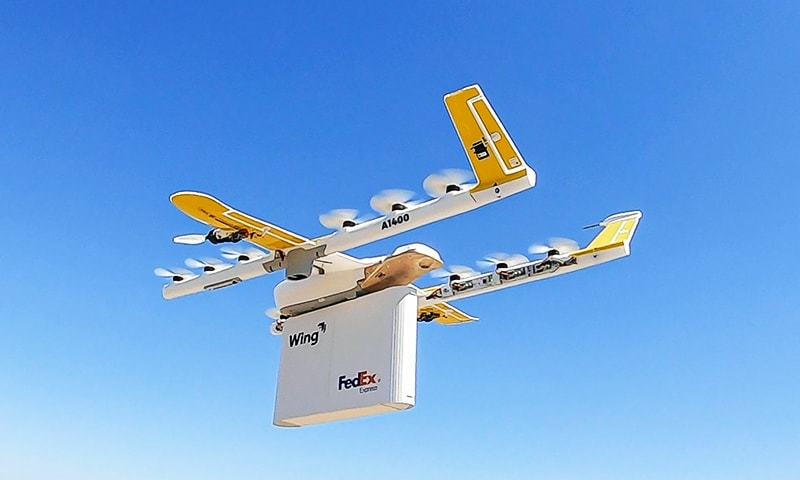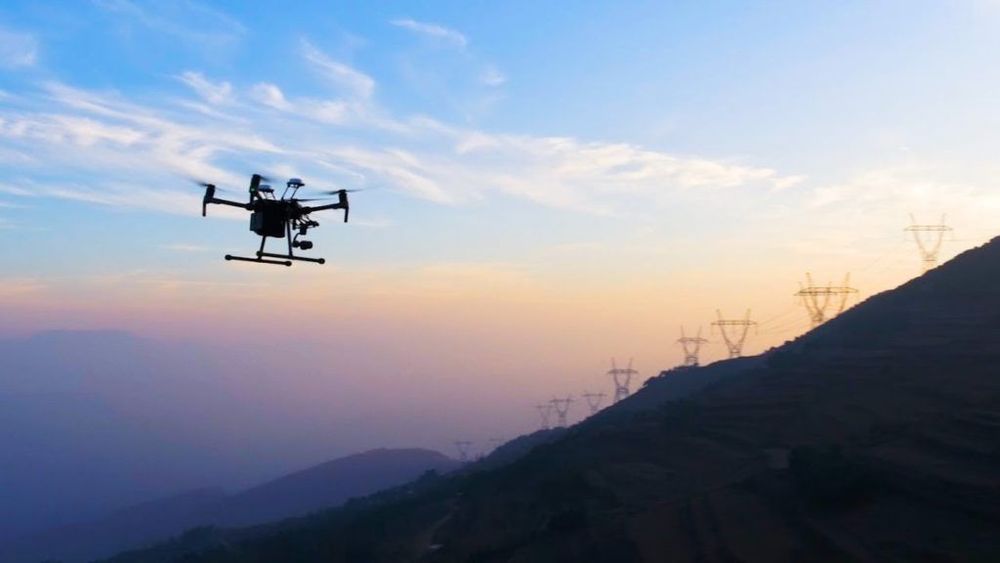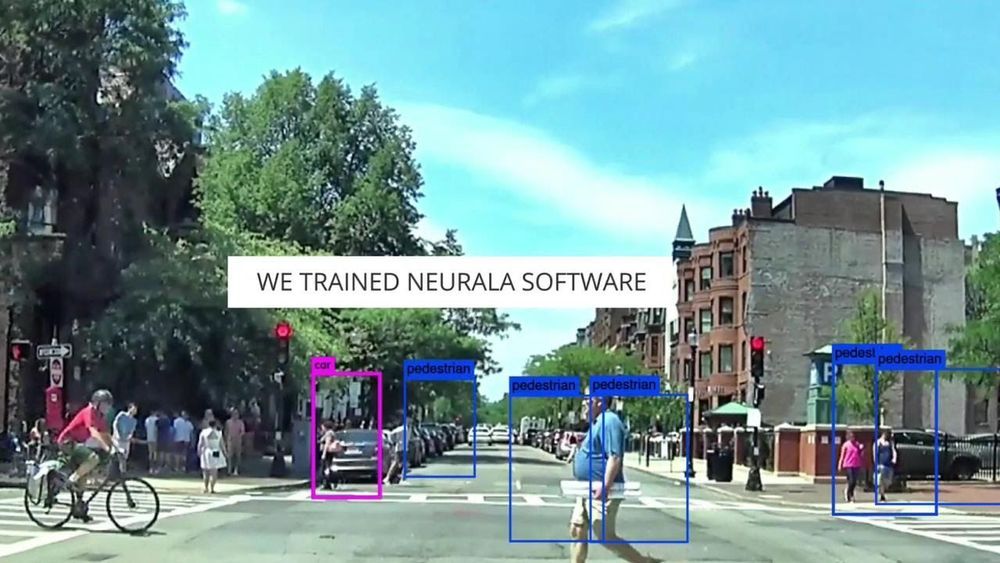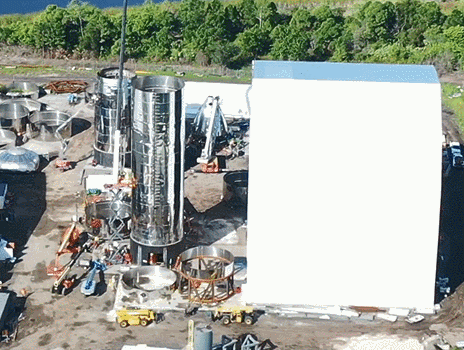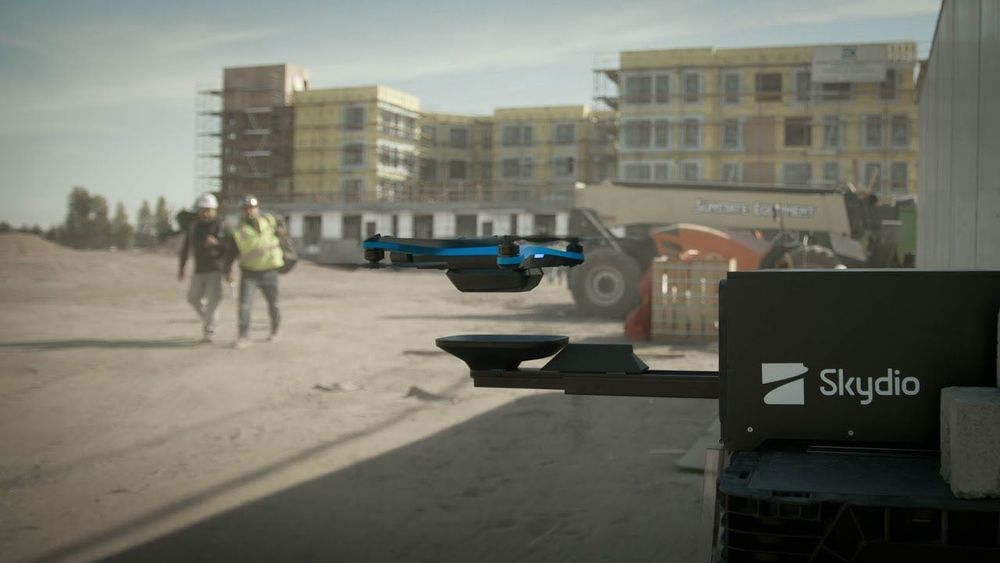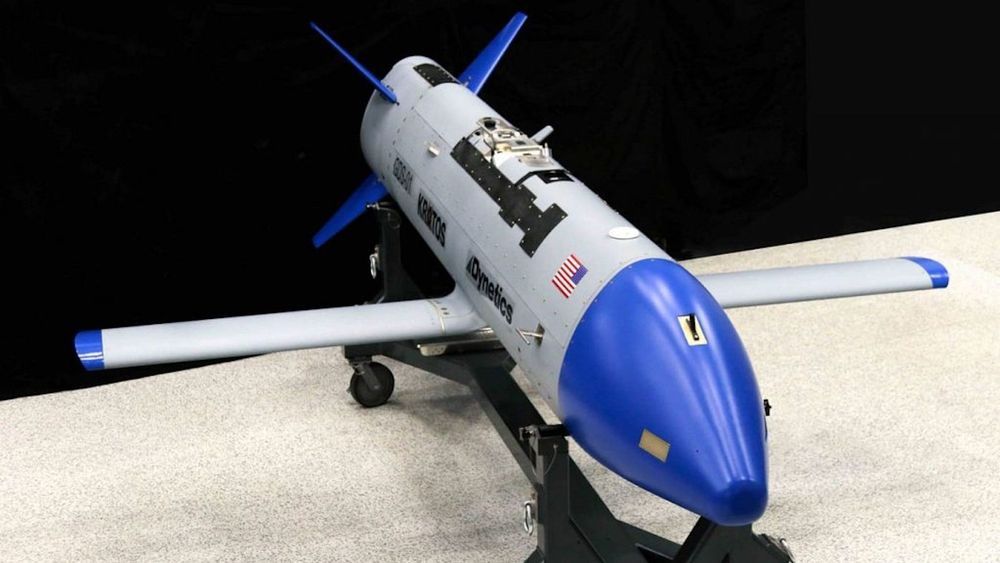Rogue drones will be brought down by “detect and destroy” technology under plans for a new national counter-drone force to prevent Gatwick-style disruption, ministers have announced.
The new mobile special unit, to be set up by the Home Office, will be available to any police force or law enforcement agency in the UK to counter potential drone threats at major events or malicious attacks such as the chaos at Gatwick airport last Christmas.
The unit is expected to have military-grade cameras, radar and radio frequency scanners to detect rogue drones, similar to those deployed by the Army at Gatwick.
